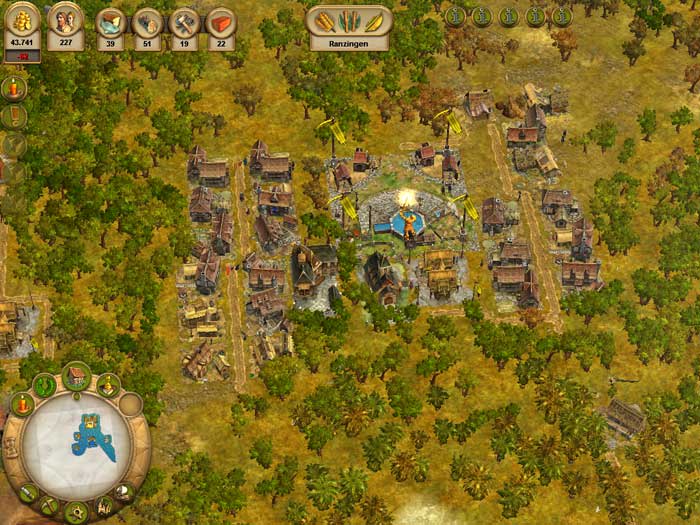

Eventually you’ll turn some of those farmers into workers, and then into artisans, each with different necessities you need to supply-canned food, sewing machines, sausages, and so on. This is the Anno loop, and it only gets more complicated from there. All of these require labor, which means more houses, which means more farmers, which means more potato farms and sheep pens and factories, and so on. The farmers have needs as well, so you build a dock for fishing boats, create a potato farm and a distillery, create pens for sheep and a factory to turn the wool into yarn and then rudimentary clothes. Now you have farmers-but the work doesn’t stop there. To get lumber, you’ll need to manage the “Lumber Production Chain,” first building a lumberjack’s hut to supply logs, then supplementing with a sawmill to turn the logs into usable boards to create houses. You need farmers, which means you need houses for the farmers, which means you need lumber. Instead you are balancing a bunch of resources against the needs of your citizens, or at least attempting to do so. Money isn’t your only constraint, or even your primary constraint. Sure, it looks like a city builder, but it’s more complicated than your average SimCity or Cities: Skylines. And if you like Anno, it still does the Anno thing pretty damn well-which is to say, it’s a game about optimization.


 0 kommentar(er)
0 kommentar(er)
